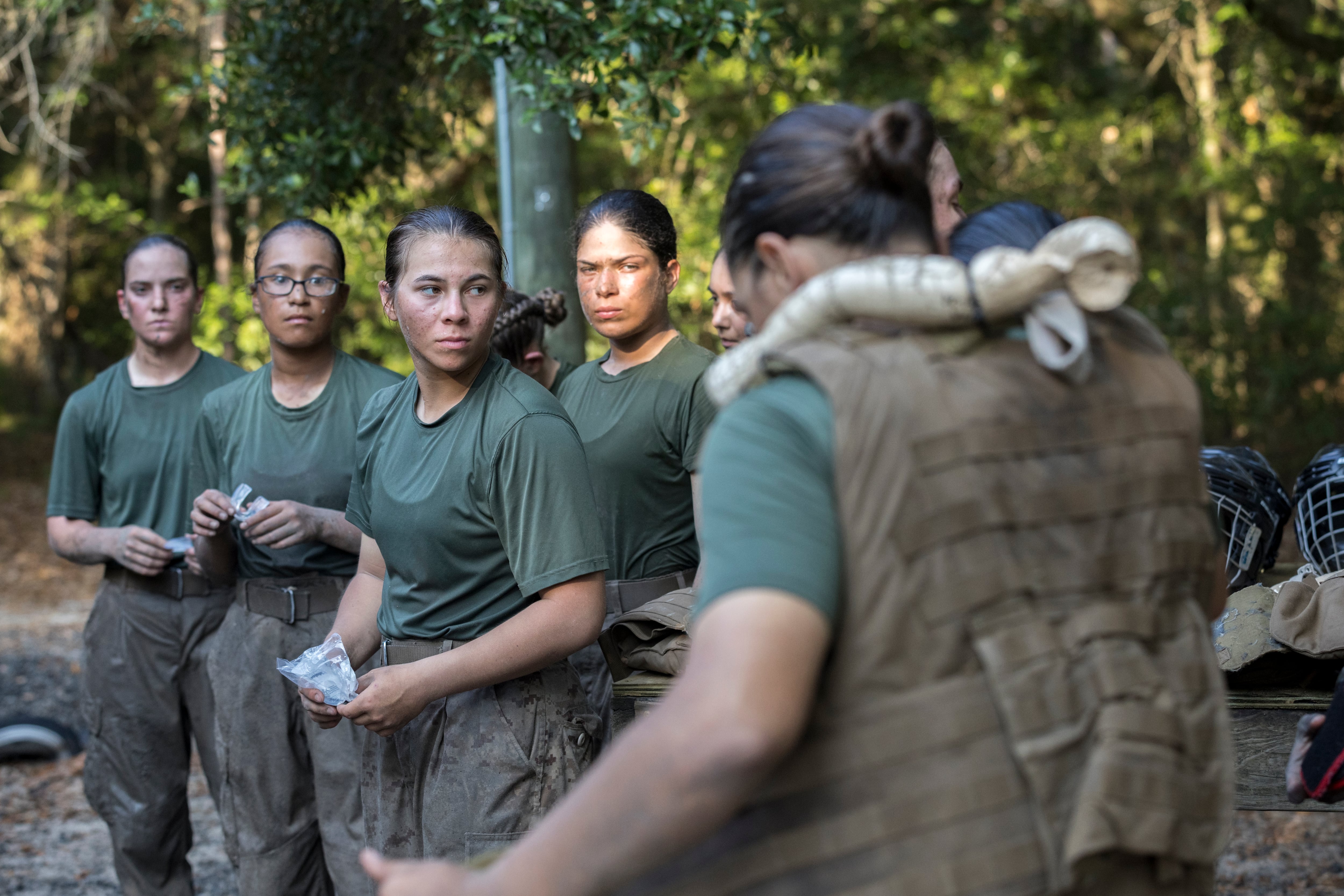The Air Force plans to significantly expand the number of rural spots around southern Arizona where a Tucson-based unit's helicopters and other aircraft would briefly swoop in to practice rescues of downed pilots.
Davis-Monthan Air Force Base currently uses approximately 40 small sites in Arizona and extreme southwestern New Mexico as landing and drop zones, but the Air Force said it needs more to diversify its training opportunities in locations ranging from desert to forested mountains.
"That's incredibly useful in terms of different environments around the world," said 2nd Lt. Erin Ranaweera, a Davis-Monthan spokeswoman. "All those areas present their own challenges."
A supplemental environmental assessment released Thursday by Davis-Monthan evaluated 20 small sites in six counties in southeastern and south-central Arizona.
Of the 20 proposed new sites evaluated, 16 in Cochise, Graham, Pima, Pinal and Santa Cruz counties were deemed suitable. Four others in Cochise and Gila counties were rejected because they either had newly identified archaeological sites or because expected noise impact on a nearby campground or residences.
The 16 sites are on state and federal land and range from a third of an acre to 2.7 acres. Some are clustered in desert areas west and southeast of Tucson, while others are scattered in mountains, hill country and desert elsewhere, including northwestern Cochise County.
The Air Force wants to use the sites as landing zones for helicopters and as drop zones for rescue personnel descending by rappelling ropes or parachutes. The operations typically last only minutes as rescue crews arrive, retrieve a person awaiting rescue and then depart.
The major year-round user of the sites would be the Davis-Monthan's 563d Rescue Group, which flies HH-60 helicopters and HC-130 cargo aircraft.
However, Ranaweera said numerous other rescue units also would drop in, particularly during the large Angel Thunder multinational exercise hosted annually by Davis-Monthan.
The study said individual sites could potentially be used dozens or even hundreds of times annually, depending on training requirements, though there wouldn't be an overall increase in flight activity to and from Davis-Monthan.
No construction would be required, though some vegetation could be trimmed on the edge of some sites to avoid contact with helicopter blades, the study said.
A public comment period on the supplemental environmental assessment ends May 4.




